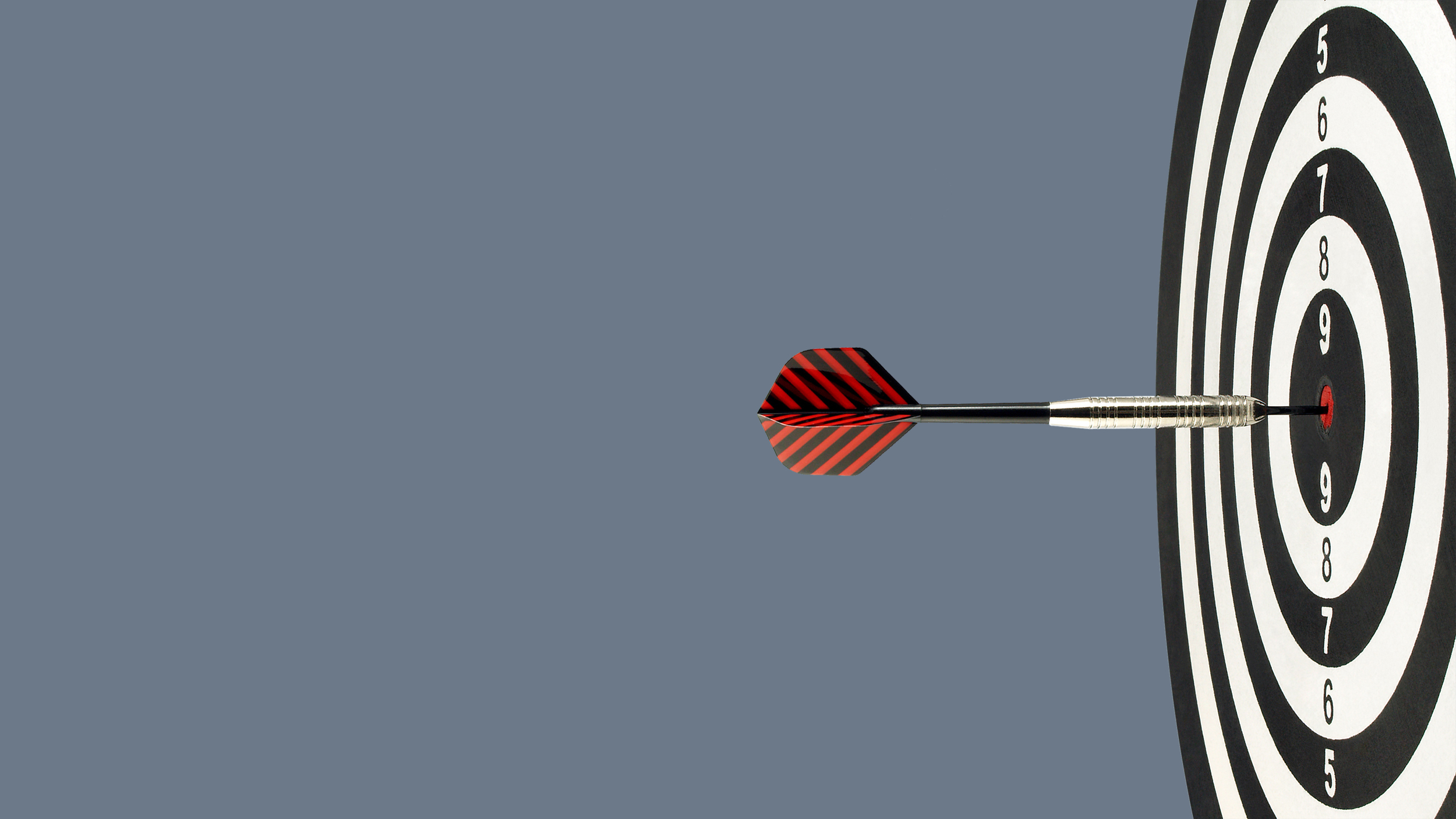The Ancient Greeks were the first to set forth the original rules of persuasion, called rhetoric. Today, anyone seeking to convince someone of something would do well to follow their example. There is, however, another set of rules that Greek methods did not address. These are the rules of subconscious persuasion, or what social scientist Robert Cialdini calls “pre-suasion,” on account of their ability to prime an audience for your message before you undertake to explain it.
If the methods of pre-suasion seem blunt, they belie a more complicated psychological process at work in all of us. Take, for example, the ability of a simple image to motivate your mental work. According to research analyzed by Cialdini, an image of Auguste Rodin’s The Thinker will help you complete tasks of analytical reasoning. Have a task that requires more endurance than critical thought? Place an image of a runner in your line of sight to keep you motivated.
While writing a book on the subject of pre-suasion, Cialdini used these motivating methods to his own advantage. By dedicating the book to his grandchildren before beginning, he incentivized himself to create the best work he could — the image of his progeny constantly pushing him forward. Once committed to the project, Cialdini went into the field to discuss what methods were used across a large swath of industries to persuade. What he found is the essence of pre-suasion: when an audience is primed to have a positive mental state regarding any central message, they are more likely to receive it willingly.
In one telling experiment, a furniture company primed its customers with two different images: one a picture of floating clouds, another of coins falling from the sky. Those customers primed with the clouds spent more time finding comfortable furniture while those shown the monetary image were more interested in being thrifty (and searching for furniture on a budget). Of course, this power shouldn’t be taken lightly, or as having a morally neutral character.
With great knowledge and understanding comes great responsibility, and anyone looking to influence an audience subconsciously must take care that their methods are ethical, and that their intention is not to bamboozle any unsuspecting listener into doing their unjust bidding.
Robert Cialdini’s book is Pre-Suasion: A Revolutionary Way to Influence and Persuade.
Robert Cialdini: Pre-suasion is the process of arranging for an audience to agree with your message before they encounter it. Now that might sound like some form of magic but it's not, it's established science. Very often we can use pre-suasive tactics, even other kinds of influence tactics on ourselves to increase the likelihood that we will reach our goals, that we will obtain the outcomes that we hope for in a particular situation. There's research, for example, to show that if you depict for people an image of a runner winning a race they become more achievement oriented and actually achieve their goal to a greater extent while that runner is in the background. There's another piece of research, a follow-up research that shows that if you depict for people an image of Rodin's The Thinker, the statue, they become more analytic and deliberative and they're more likely to solve problems, difficult complex problems that they're faced with. So this is something we can do to ourselves.
If we have a task that requires a lot of energy and motivation, put a picture of a runner winning a race in the corner of your computer screen where you'll see that cue there while you're preforming the task. If you're analyzing a budget perhaps or developing some plan that requires a lot of strategic thinking, put a picture of The Thinker there and you're more likely to achieve that particular goal. The thing is we get to control the cues in our environment that send us in directions that are likely to be successful for the particular task we have at hand.
When writing my book Pre-Suasion I dedicated it to my grandchildren. And it was something I did for myself to pre-suade me to make that the best possible book I could develop and produce. It was to put the following image in my mind of each of my grandchildren, who are young right now. Here's the image: when they're old enough to read it I've left a copy with their parents for each of them and I want their parents to give them the book and say, "You see this? This book was dedicated to you." Well, it better be a good book. It better be the highest quality book I can arrange. And so while I was writing that book there was a corner photograph of my grandkids on the screen of my computer, that picture kept me focused on quality. No shortcuts allowed. This is for my grandkids it better be the best book I can possibly generate.
When I first started investigating the influence process I actually became a spy of sorts. I went undercover to all of the major professions of our society dedicated to getting us to say yes. And I took training, I enrolled in the training programs of the sales people, fundraisers, recruiters, public relations specialists and so on to see what were the techniques that were working most widely across the range, the broadest range of these influence approaches. And what I found was interesting in that there was a particular kind of practitioner within those influence professions who rose to the top almost invariably. It wasn't the individual who spent most of his or her time crafting the message that they sent, although that was important to them, it was that they crafted what they said and did immediately before they delivered their message. That was the differentiator between the average scores and the aces of each profession. Those people who were the highest achievers were pre-suaders. They acted like expert gardeners. They knew that it didn't matter how good this seed that you have might be, if you didn't prepare the earth for it first it wasn't going to bear fullest route. So they cultivated the earth, they pretreated the ground before they planted their seed with their message. They did something that caused the recipients of their message to have a positive state of mind before they encountered the message itself.
The interesting question is how do you go about cultivating the earth? How do you arrange for people to be in a frame of mind that is conducive to the message that you want to send? It is to recognize first of all what is the central element of your message? What is that feature of your message that would make it most wise for people to accept your offer? And then you take that dimension and go to the moment before you deliver your message and draw people's attention to that idea to that dimension. Let me give you an example.
There was a study done by an online furniture store. They had furniture that was comfortable. They also had lower end furniture that was attractive because it was inexpensive. They did an experiment. They sent half of the visitors to their site to a background depiction of clouds on the wallpaper of their site. So the landing page had fluffy clouds on the background. Those people rated comfort as the most important factor in buying a sofa; they spent more time searching for comfort related information inside the site; and they preferred comfortable furniture to purchase. The other half of the visitors were sent to a site that had as its background wallpaper pennies, coins, money. Those people rated cost as the most important feature for them for purchasing a sofa. They searched for price related information and they purchased more inexpensive furniture. They preferred to purchase more inexpensive furniture as a consequence. So you can see that what was the central dimension of the message, it could be comfort or it could be cost, could be installed in a customer's mind ahead of time, which caused them to see that dimension as more important to search for information relative to it and to act on the basis of a product that gave them that dimension in a prioritized way; it could be cost, it could be clouds. Here was the interesting thing about that study for me, almost no one recognized that they have been influenced by the background wallpaper. It flew under the radar.
That means that this is something that's not only powerful, it's also something that we have to deal with as communicators in an ethical way because we've got some things that are going to move people in our direction without them even recognizing or taking into account that we're moving them in our direction.





